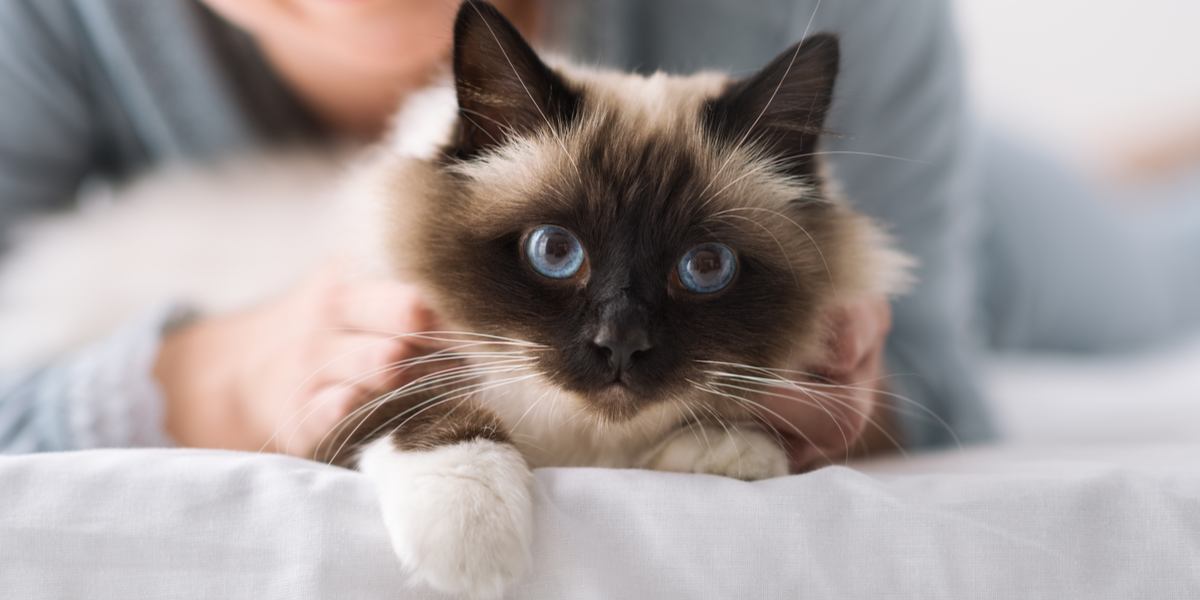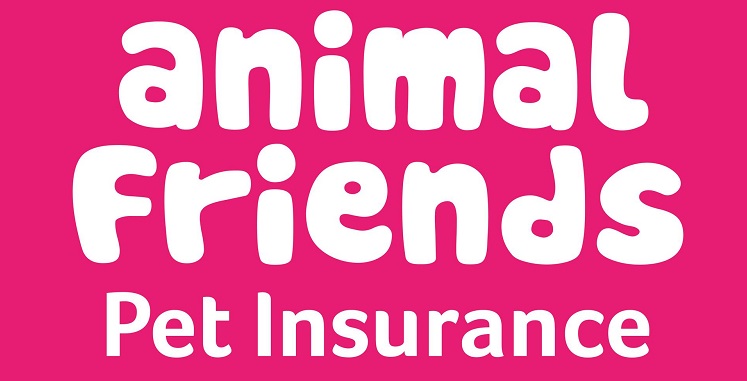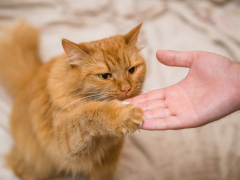
As pet owners, we love to dote on our cats. We love to play with them, cuddle them (when they will let us!) and provide them with nutritious food and delicious treats; and we worry about their health and their safety, particularly if we let them outside to roam.
Cats bring so much love and fun into our homes. While we may go out of our way to give them the best care possible, it’s hard to ignore that gnawing worry when it comes to anything bad happening to them, and how we would navigate it financially. After all, vet fees can be eye-wateringly expensive.
For ultimate peace of mind, it makes sense to get some protection in place to help cover any unexpected costs that arise due to accident or illness involving your cat. However, getting the right cat insurance policy can feel like a minefield, as no two insurance plans are the same. It’s easy to get lost in all the policy jargon.
To make the process easier, we’ve spent hours and hours collating comparative information and quotes from the leading UK Cat Insurance providers, breaking their coverage options down into easy-to-understand overviews in a detailed pet insurance comparison. Before we get into our pet insurance policy findings, though, let’s get more familiar with typical cat insurance inclusions, exclusions, and more.
At a Glance: Best Cat Insurance in the UK To Buy

MoreThan
- No annual overall claim limits
- Emergency minding cover included in basic cover
- Charges reasonably for covering older cats

Many Pets
- Lifetime cover applies to all policies
- 24/7 video vet access through FirstVet
- Some flexibility on cover for pre-existing conditions

DirectLine
- No fuss, value-for-money coverage
- 24/7 video vet access via Pawsquad

PetPlan
- Flexible approach to pre-existing condition coverage
- Broad set of inclusions in most basic cover

Animal Friends
- Ranging from affordable basic cover to extensively comprehensive cover options
- Good coverage options for expensive breeds
- Free vet video consults 24/7

Wagel
- No co-payments on claims made for older pets
- 24/7 video vet access with FirstVet
- £2m liability cover included as standard

Tesco Bank
- Generous cover for interrupted travel, even with basic cover
- 24/7 vetfone advice
What Does Cat Insurance Typically Include?
Policy inclusions can differ significantly between insurers, particularly in terms of what is automatically included and what must be selected as an extra. Some coverage options are only available in premium policies, while others may either be an optional extra, or minimally covered in basic policies, with increased coverage amounts as part of a premium policy.
As a general guide, in addition to covering veterinary treatment for accidents and/or illnesses, cat or pet insurance covers:
- Complementary (Alternative) Treatments – Such as acupuncture or hydrotherapy, if recommended by your vet.
- Advertising/reward cover – To cover the cost of advertising to find your lost pet, often including an amount you can use to offer as a reward for their return
- Euthanasia – At the end of your pet’s life, some policies will include cover for putting your pet to sleep as standard
- Dental Treatment – Many policies only cover dental treatment in the event of an accident causing damage as standard, although some will include accident and illness-related dental cover in both basic and premium cover
- Behavioural Treatment – Treatments to address behavioural issues.
- Interrupted Travel – holiday cancellation cover if you need to either cancel a trip or return home early because your pet has gone missing or needs emergency veterinary treatment.
- Emergency Minding – cover to assist with pet boarding or minding costs in the event that you have to stay in hospital for 4 or more days.
- Straying/Theft/Death – Covering the initial cost of your pet. Insurers differ on what they will cover in terms of the reason that your pet is permanently lost – some will cover for straying and theft only, others will offer cover for death only from illness. If you have an expensive breed of cat, it’s particularly important to read the fine print on this inclusion.
- 24/7 Vet Advice – In such a digitally competitive age, most insurers offer access to a complementary Vet Advice service. These are often accessible 24/7 online, and some include video consult. Some of the above items are only available as optional extras cover, or included to a minimum extent in basic cover. For example, some insurers will include £500 worth of emergency minding cover as standard, but increase this cover to £1,000 or more under a premium policy – which would definitely take the edge off unexpected vet bills.
What Does Cat Insurance Typically Exclude?
- Routine & Preventative Treatments – Any routine vet checkups, vaccinations, and any preventative medicines such as worm or flea treatments will not be covered
- Neutering/Spaying – You will need to cover the costs of having your pet neutered or spayed yourself, as well as any costs associated with pet pregnancies and giving birth
- Routine Dental Treatments – While some dental treatments are covered under policies when they relate to an accident or illness, routine care and extractions etc. are rarely covered
- Pre-Existing Conditions – Pet insurers rarely cover for any treatments relating to conditions your pet was suffering from before the policy started, and most are very strict on this, but there are some exceptions depending on certain criteria. Again, if you need insurance that allows for some pre-existing condition cover, it’s vital that you read the small print before choosing a provider
- Cremation/Burial – Some insurers include this cover, but most do not
- Liability – Coverage for your cat injuring or damaging another person or property away from the home is occasionally available, but most pet policies limit this cover to dogs only
How Much Do Cat Treatments Typically Cost?
According to the Association of British Insurers (ABI), in 2021 the average claim value on pet insurance was £848 per claim. In recent years, the cost of veterinary treatments has risen sharply.
As reported by the ABI, examples of how much it can cost to treat a cat at the vets include:
- Consultation – Sometimes free, but often between £40 – £60
- Treating a respiratory condition £726
- Surgery for a broken tibia – Almost £2,000
- Treatment for soft tissue sarcoma (cancer) – £12,000 +
If you’re lucky, you may be able to sail through your cat ownership with minimal veterinary costs, but no one has a crystal ball. As you can see from the above examples, medical treatment for pets can be extremely expensive.
When you consider that the average cost of annual pet insurance is around £125 annually (£10 a month), you can see why taking out pet insurance could make all the difference at a crucial time.
Couldn’t I Just Save for Emergencies Instead?
Absolutely, and for some, this is a solid option. It’s important to remember, however, that savings take time to build up. Depending on when the need for emergency vet treatment may strike, the funds might not be sufficient to cover unexpected costs.
Pet insurance policies do have an initial exclusion period to avoid claims being made upon fraudulent applications, but your pet is typically fully covered within a week or two of your policy starting.
What Is Lifetime Cover?
With pet insurance, a Lifetime Cover policy is one in which the treatment of a condition will be covered for as long as necessary. While lifetime insurance or lifetime policies are still limited regarding annual maximum claim spends, they will reset each year to provide long-term care for ongoing conditions.
Conversely, without lifetime cover, claimable conditions are only covered up to a set amount and only for 12 months from the first related claim being lodged.
Best Pet Insurance Policies
There are a wide range of insurers to choose from, and with so many variables of cover options, it can be a minefield to determine which insurance provider will best suit your needs.
To assist you in finding the right cover for your cat, we’ve reviewed 7 of the leading UK cat insurance providers to find out how they compare.
Our Evaluation method
To review and compare the following pet insurance providers, we gathered a wide range of information from each, requesting quotations for our three fictitious (but super gorgeous nonetheless) mixed breed cats:
- Indie – Two months old (kitten insurance)
- Beau – Five years old
- Charlie – 13 years old
If you also have more than one cat and are looking for multi pet policies, the below research will hopefully be useful. All three mixed-breed moggies have their vaccinations up-to-date. Beau and Charlie have been neutered, but Indie is too young to have been spayed yet.
For the purposes of not overcomplicating the comparison data, all three cats are in good health with no pre-existing conditions or behavioural issues, and all were adopted at no cost.
Given that there are so many differing coverage variables between insurers, we sought two types of pet insurance quotations from each:
- Basic Coverage: A quote to cover all three cats at the most basic level offered with no extras (some of these quotations include very limited inclusions under basic cover, but you can opt to include these when tailoring your own cover.
- Premium Coverage: A quote to cover all three cats at the most comprehensive level offered – including any and all extras.
Let’s see how they fared!
Top 7 Cat Insurance Providers Reviewed
When it comes to cat insurance policies, there is no such thing as ‘one size fits all.’ Each pet insurance policy offers a varying degree of coverage, excess options, extras and more. The following seven pet insurance companies were chosen based on how frequently they feature on top UK pet insurance provider lists across a wide range of reputable sites.
Given these variations, no two pet insurance policies can be accurately compared on a like-for-like basis, but of the seven we reviewed, there are some honourable mentions:
Getting The Right Cover For Your Cat
As you can see, many of the coverage inclusions for pet insurance are standard, but some plans will be more useful to one pet parent than another. Consider factors such as extensive travel-related coverage, heightened coverage for expensive breeds, or flexibility regarding pre-existing conditions.
Take the time to consider which inclusions are most important for you and your cat, and be sure to get a handful of quotes to compare before deciding on one provider.
Be Sure To Do Your Own Research
While we have gone to great lengths to provide you with a wealth of accurate information, many conditions apply to the above data, and it is imperative that you carefully read through your chosen insurer’s policy documents to ensure that you are getting the cover you need.







